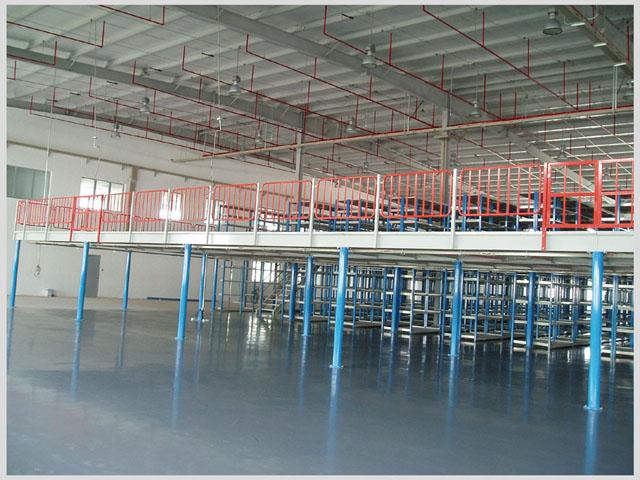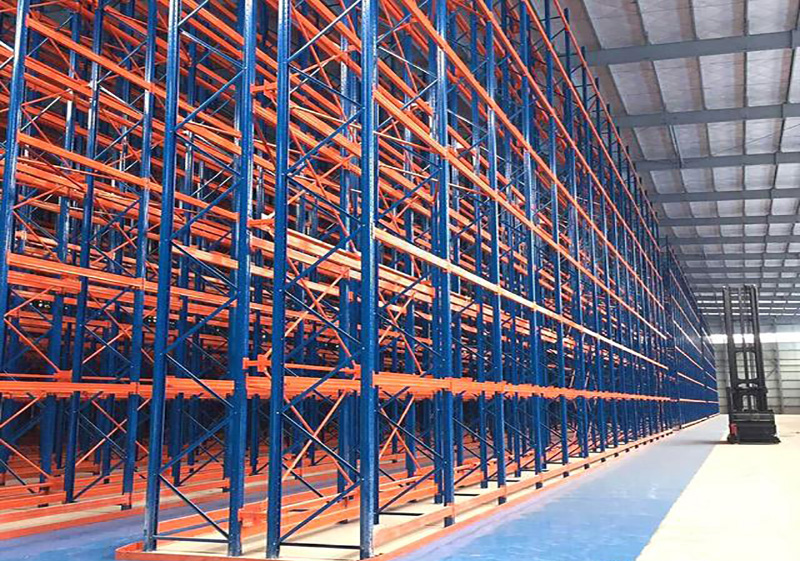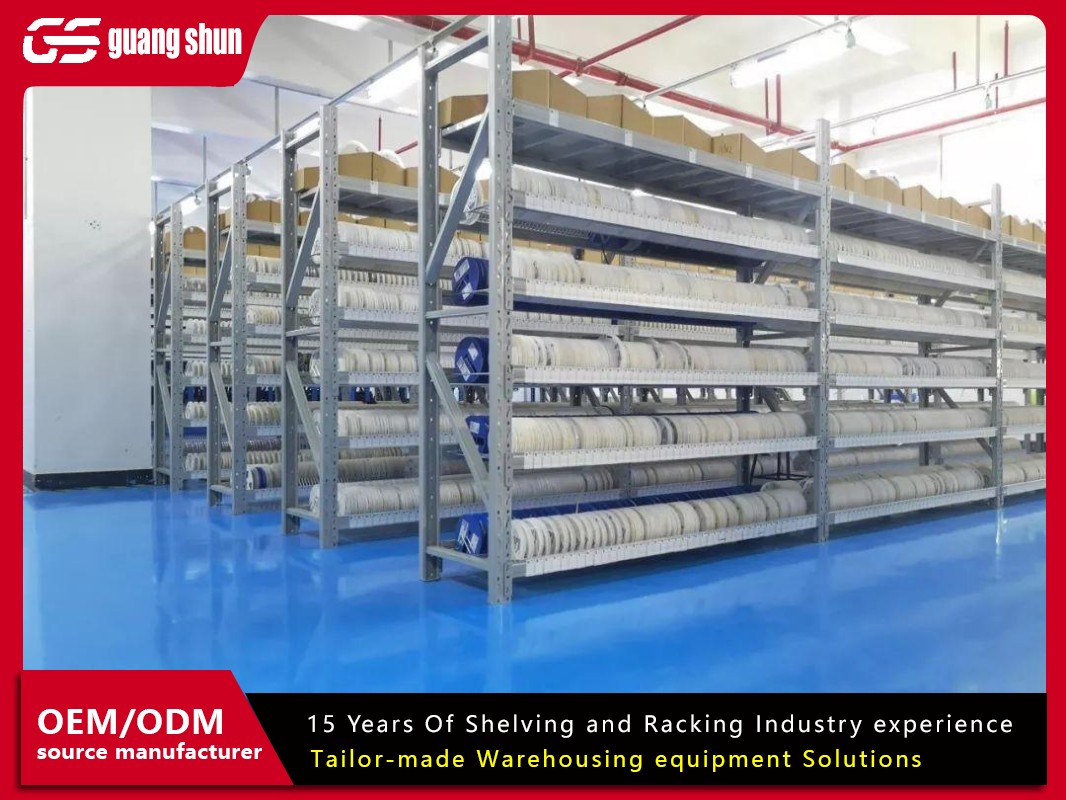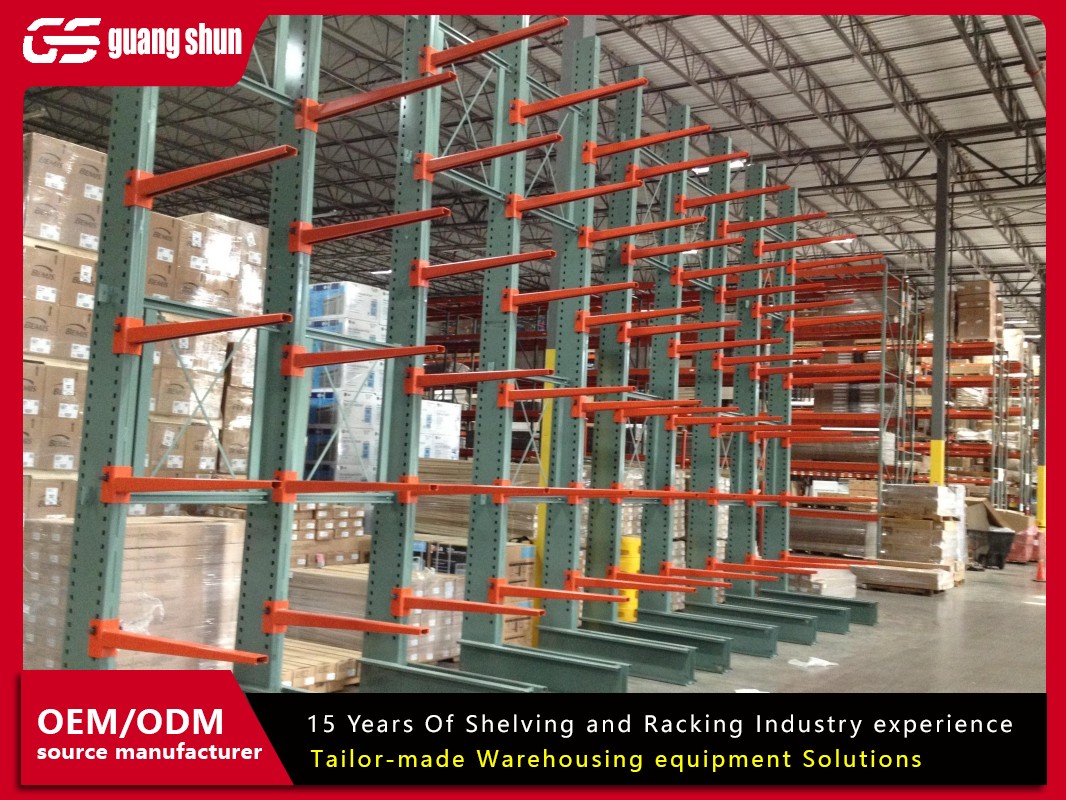When it comes to optimizing storage spaces, whether in a warehouse, retail store, or even a home garage, shelving racking plays a pivotal role. Many businesses and individuals struggle with clutter and inefficiency, but the right shelving racking system can transform chaos into order. In this article, we’ll dive into the practical aspects of selecting and applying shelving racking, drawing from real-world scenarios and industry insights. We’ll avoid fluff and focus on actionable advice, including how brands like Guangshun can offer reliable solutions. By the end, you’ll have a clear understanding of how to leverage shelving racking to enhance your storage efficiency, without falling into common pitfalls.

Understanding Shelving Racking: What It Is and Why It Matters
Shelving racking refers to structured storage systems designed to hold items in an organized manner, typically using shelves or racks. These systems are essential in various settings because they maximize vertical space, improve accessibility, and reduce the risk of damage to stored goods. Unlike basic shelves, shelving racking often involves heavier-duty materials and customizable configurations to handle diverse loads. For instance, in industrial environments, shelving racking might support pallets or bulk items, while in retail, it could display products attractively. The term “shelving racking” encompasses a range of products, from simple boltless shelving to complex pallet racking setups. By investing in the right type, you can boost productivity and safety in your operations.
Types of Shelving Racking Systems: A Breakdown for Different Needs
Not all shelving racking is created equal. Depending on your requirements, you might opt for one of several common types. Selective pallet racking, for example, is popular in warehouses for its accessibility, allowing forklifts to retrieve items directly. Then there’s drive-in racking, which suits high-density storage by enabling vehicles to drive into the structure. For lighter applications, such as in offices or libraries, modular shelving racking with adjustable shelves might be ideal. Another variant is cantilever racking, perfect for long, bulky items like pipes or lumber. Each type of shelving racking has its pros and cons; for instance, selective systems offer easy access but use more space, whereas drive-in options save floor area but can be slower for retrieval. Understanding these differences is key to making an informed choice.
How to Choose the Right Shelving Racking: Key Factors to Consider
Selecting the appropriate shelving racking isn’t just about picking what looks sturdy; it involves a careful evaluation of your specific needs. Start by assessing the load capacity: How much weight will the shelving racking need to support? Overloading can lead to accidents, so always factor in safety margins. Next, consider the available space—measure your area’s dimensions and think about ceiling height to maximize vertical storage. The type of items you’re storing also matters; for example, small parts might require shelving racking with bins or dividers, while large pallets need robust racking. Budget is another crucial element; while cheaper options might seem appealing, investing in durable shelving racking from reputable brands like Guangshun can save money long-term by reducing maintenance and replacement costs. Lastly, think about future scalability. Will your storage needs grow? Opt for modular shelving racking that can be easily expanded.
Applications of Shelving Racking in Various Industries
Shelving racking isn’t limited to warehouses; it’s versatile enough for numerous sectors. In retail, for instance, shelving racking helps organize backstock and create appealing displays, boosting customer experience. Manufacturing plants rely on heavy-duty shelving racking for raw materials and finished goods, ensuring smooth production flows. Even in healthcare, specialized shelving racking systems store medical supplies safely and hygienically. Offices use lighter versions for documents and supplies, while agriculture might employ shelving racking for tools and harvest storage. By tailoring the shelving racking to the industry’s demands, businesses can enhance efficiency. For example, Guangshun offers customized shelving racking solutions that adapt to unique environments, proving how flexible these systems can be.
Installation and Maintenance Tips for Long-Lasting Shelving Racking
Once you’ve chosen your shelving racking, proper installation and upkeep are vital. Always follow manufacturer guidelines—if you’re using a brand like Guangshun, their instructions will ensure structural integrity. Start by preparing the site: clear the area, check for level floors, and assemble tools in advance. For complex shelving racking, consider hiring professionals to avoid missteps that could compromise safety. After installation, regular maintenance is a must. Inspect the shelving racking periodically for signs of wear, such as rust or bent components, and tighten bolts as needed. Clean the surfaces to prevent debris buildup, which can weaken the structure over time. By treating your shelving racking as a long-term investment, you’ll extend its lifespan and maintain optimal performance.

Why Guangshun Stands Out in the Shelving Racking Market
In a crowded market, Guangshun has built a reputation for producing reliable and innovative shelving racking. Their products often feature high-grade steel, corrosion-resistant coatings, and modular designs that cater to diverse needs. What sets Guangshun apart is their focus on customer-centric solutions; they offer consultations to help you select the right shelving racking based on your specific requirements. Moreover, Guangshun’s shelving racking systems are tested for durability and safety, meeting industry standards. By choosing a trusted brand like Guangshun, you’re not just buying shelving racking—you’re investing in peace of mind and long-term efficiency.
Common Questions About Shelving Racking
Q1: What is the main difference between shelving and racking in storage systems?
A1: Shelving typically refers to systems with multiple shelves for smaller items, often accessed manually, while racking is designed for heavier, bulkier loads, like pallets, and may involve forklift access. However, the term “shelving racking” blends both, covering a wide range of storage solutions that can include elements of each.
Q2: How do I calculate the load capacity needed for my shelving racking?
A2: To determine load capacity, start by weighing the heaviest items you plan to store and multiply by the number of units per shelf. Add a safety margin of 10-20% to account for unexpected loads. For accurate results, consult with suppliers like Guangshun, who can provide load ratings based on their shelving racking products.
Q3: Can shelving racking be customized for irregularly shaped spaces?
A3: Yes, many modern shelving racking systems, including those from Guangshun, offer customization options. You can adjust heights, widths, and depths to fit awkward areas. Provide detailed measurements to your supplier to ensure a tailored fit that maximizes your storage space.
Q4: What are the safety precautions I should take when using shelving racking?
A4: Always follow weight limits and avoid overloading. Secure the shelving racking to walls or floors if recommended, and ensure even weight distribution. Regularly inspect for damage, and train users on proper loading techniques. Brands like Guangshun often include safety guidelines with their products.
Q5: How long does typical shelving racking last, and when should it be replaced?
A5: With proper maintenance, quality shelving racking can last 10-20 years or more. Replace it if you notice significant corrosion, bending, or instability that can’t be repaired. Regular assessments—say, annually—can help you decide when to upgrade, especially if your needs change.
In summary, shelving racking is a fundamental component of effective storage management. By understanding its types, selection criteria, and applications, you can make choices that enhance productivity and safety. Remember to consider brands like Guangshun for dependable options, and don’t hesitate to revisit these insights as your needs evolve. With the right approach, your shelving racking investment will pay off for years to come.







